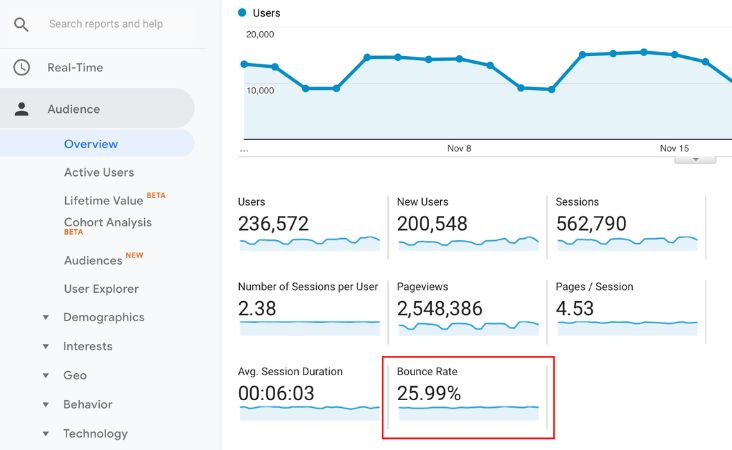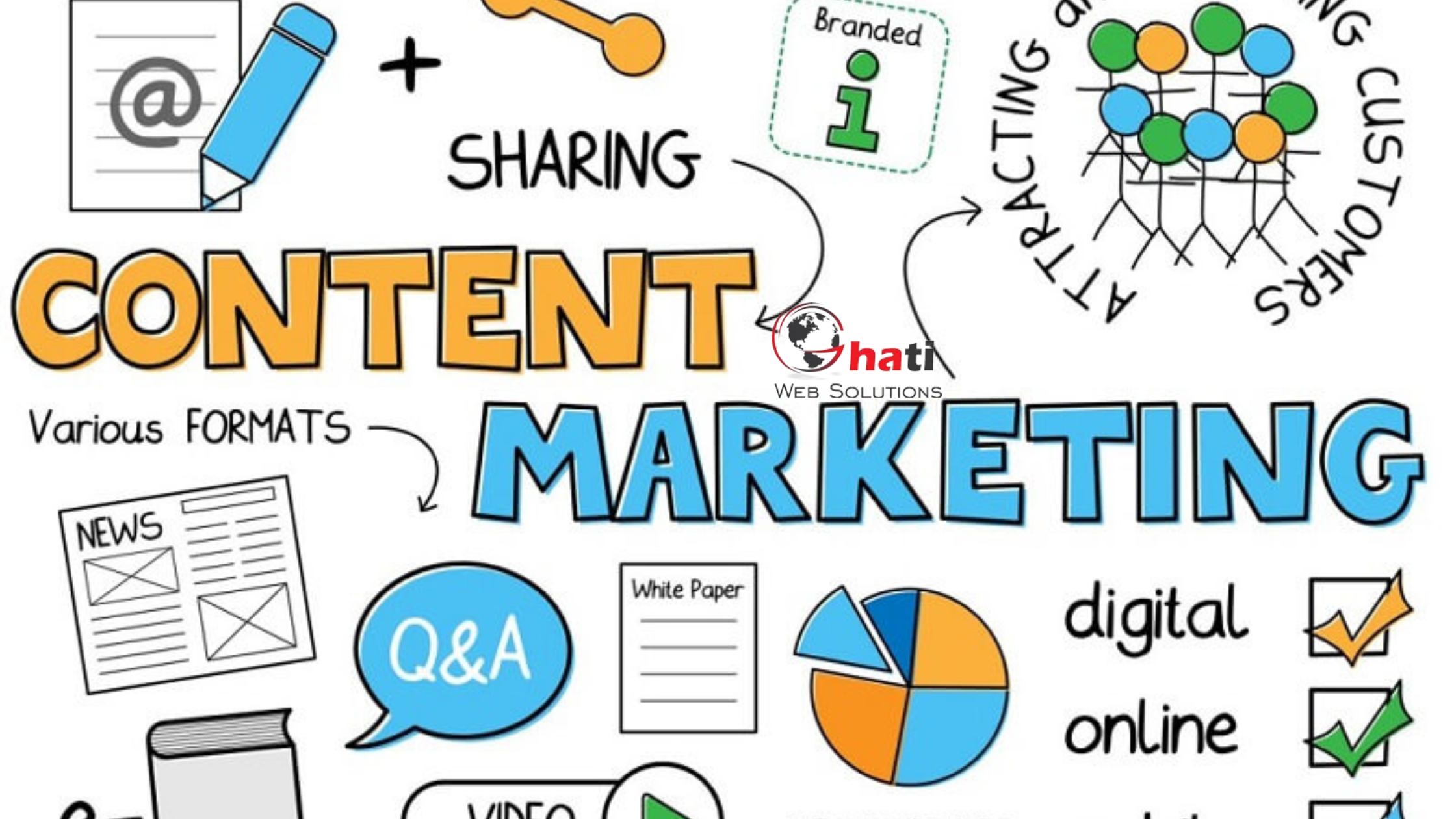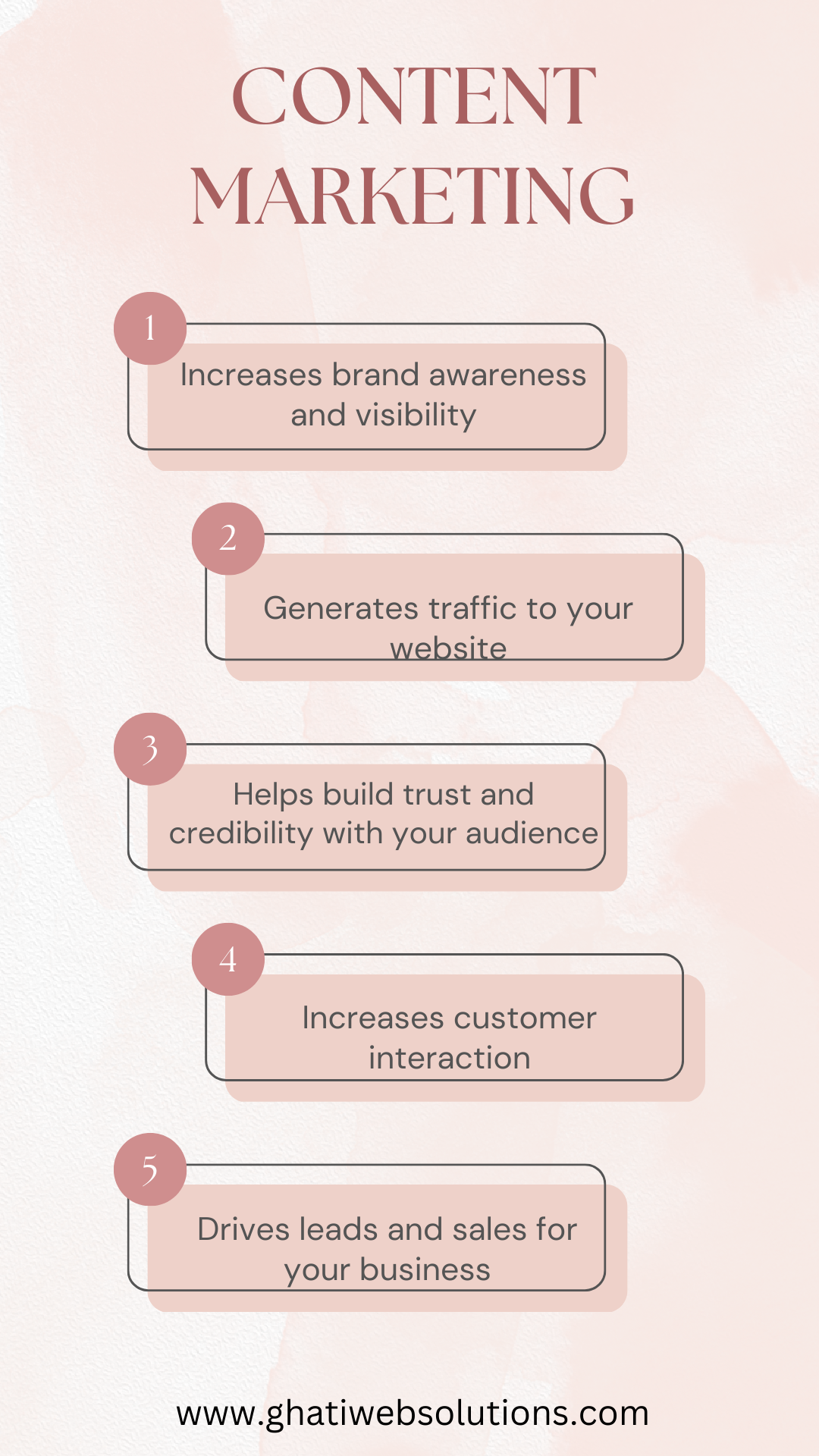9 Content Marketing Metrics to Look After in 2023
In today’s fast-paced digital landscape, content marketing has become an essential part of any successful marketing strategy. However, creating and publishing content alone is not enough. To ensure the effectiveness of your content marketing efforts, it’s crucial to track and measure the right metrics. As we move into 2023, there are several key metrics that marketers should focus on to stay ahead of the game. In this article, we’ll explore the top 9 content marketing metrics that you should keep an eye on in 2023, including how to measure them and why they matter.
*Enters content marketing metrics*
Measurable information from content analytics enables companies to assess the effectiveness of their content marketing plan. In order to maximize their content efforts for greater engagement, leads, and income, they also enable them to pinpoint areas for improvement and make data-driven decisions.
However, few business owners are aware of the indicators they should track to determine whether their content marketing plan is successful. If this describes you, keep reading.
In this blog, Ghati Web Solutions will present a list of 10 content marketing indicators that will give companies insightful data on the effectiveness of their content.
What Content Marketing Metrics to Look After in 2023?
Here are 10 metrics that you should be tracking to make your content marketing strategy worthwhile in 2023:
1 Unique Pageviews
It is crucial for website owners to monitor the number of visitors to their pages. By visits, we mean singular visits. They may determine the number of unique people who have viewed a particular page on their website at a given moment using the unique pageviews indicator.
Say you published a blog entry for your company a week ago. Overall, 1000 people visited the page. However, just 700 of these were distinct pageviews. The final 300 were from readers who read it more than once throughout the course of the week. You must be wondering, “Okay, but what’s in it for me?” by this point.
The good news is that you can use those original viewpoints to decide on future content themes and styles that might better appeal to your audience. Additionally, you can see trends and modifications in your readers’ tastes and develop a content marketing strategy that will help you stay one step ahead of your rivals.
2 Average Time on Page
Average time on a page is a metric that, as its name implies, measures the typical amount of time users spend on a particular web page of your site before leaving or closing it. This number, in the opinion of our content marketing specialists, is significant. Why? because it can reveal information about the level of user interaction and interest in a specific page.
Using the average time on page measure, you can actually increase the performance of your website and optimize its content. It’s crucial to keep in mind that this measure works the opposite of bounce rate, where a high proportion is seen favorably.
Meaning that if a website’s average time spent on a page (let’s say, a DIY blog) is only 10 seconds, the material is not compelling enough. Or that it falls short of the expectations your readers had after clicking through it. However, if the average time spent on another blog is two minutes, it suggests that readers think your content to be worthwhile.
3 Pages/Sessions
Users act in two different ways when it comes to digesting website material. One possibility is that they might visit the page of interest and then leave after a while. They may also view additional content on your website as they continue to browse it. The average number of pages a visitor visits on your website during a single session is shown by the Pages/Sessions metrics.
This content marketing measure is crucial since it can provide information about how engaged and interested readers are with the content on your website. It is derived by dividing the total number of sessions by the total number of pages read. The metric for your website would be 7.5, for instance, if one visitor saw 5 pages and another user read 10 pages before leaving.
4 Likes and Shares
Let’s use the hit television program The Office as an example. You might think of likes as viewers who gave the performance a big thumbs up and expressed their genuine enjoyment. Shares might be compared to the number of people who told their friends and family about it. In the online age, the likes and shares concepts also function similarly.
People who like the material on your website might click “Like.” If they believe it to be truly valuable or intriguing, they might even spread the word about it. In 2023, you may assess the success of your content marketing strategy using these criteria.
Curious about how to measure them? By looking at the overall number of likes and shares received by publications on social media platforms, likes and shares may be calculated. The likelihood of involvement increases as these numbers rise.
5 Comments
Similar to how customer evaluations inform you of how people evaluate your good or service, comments enable debates about a specific piece of content and offer real-time feedback. Because algorithms frequently give high-engagement material a higher priority than other types of content, it can help you increase your visibility and reach on social media sites.
The total number of comments made on a particular piece of content or social media post can be used to calculate this content marketing indicator. Most social media (SM) platforms, including Twitter, Facebook, and Instagram, include built-in analytics tools that let business owners monitor this statistic of content interaction.
To gain deeper insights into audience interaction and sentiment with their business content, one can also leverage third-party analytics solutions.
6 Traffic Sources
Among the most significant content metrics to take into account in 2023. Your website may receive visitors from a variety of sources. Understanding the sources of the traffic can assist you pinpoint their specific origin. You can use it to determine which websites are best at directing customers to your company’s website.
Furthermore, you can detect and fill in any holes in your content marketing plan, then modify it as necessary. For instance, some underperforming channels might require additional optimisation or funding.
7 Organic Traffic
An effective content marketing strategy literally depends on organic traffic. This indicator will inform you of how many people access your content via search engines. Organic traffic, in contrast to sponsored traffic, is completely free and dependable. This makes it a worthwhile long-term investment for companies trying to expand their presence online.
However, obtaining organic traffic is not simple. To consistently optimize your content for pertinent keywords and offer worthwhile content that addresses the issues of your target audience, you must have a solid understanding of SEO. But not all companies have the time or resources to handle their SEO strategy internally.
We advise them to work with a reputable SEO company like Ghati Web Solutions . Our staff possesses decades of experience and sector understanding. We can assist your company in creating and implementing a thorough SEO plan specific to your requirements and objectives.
8 Click-through Rate (CTR)
Another crucial content marketing metric is the proportion of users who followed a link or call-to-action (CTA) in a certain piece of content or email. In organic traffic, click-through rate is crucial. Content that has a high click-through rate (CTR) on the search engine results page suggests that it is becoming popular with users.
Work on numerous aspects of one’s content to increase click-through rate, including:
- Creating titles with impact
- Including powerful words in the title
- Meta description creation
- Creating a sample
9 Bounce Rate
Without talking about this content marketing statistic, our list would be lacking. The bounce rate tells you how many visitors leave your website without reading the material you’ve posted or taking any further action. This number can give you useful information about how well your content engages readers.
A high bounce rate for your content could mean that the intended audience is not finding it engaging. Or that users are not being successfully directed to take additional action by your website. On the other hand, a low bounce rate shows that visitors value and enjoy your content. In fact, they go above and beyond by filling out our newsletters and forms and clicking on internal links.
Entrepreneurs may discover gaps in their content marketing plan and fill them to increase engagement, conversions, and overall success by taking bounce rate into account.
Content Marketing Metrics: Final Words
The KPIs listed above are some of the most crucial ones to monitor in 2023 for content marketing. Tracking these metrics is important for gauging performance and can ultimately help you reach your objectives, whether you are writing new content or revising old material.
The top content development and marketing company in India, Ghati Web Solutions, uses these measures to assist its clients in creating a strong brand presence, establishing thought leadership in their sector, and fostering long-term growth and success. Any questions can be sent to info@ghatwebsolutions.com. We will gladly respond to them for you!





